The Non-Dairy Cheese Market has witnessed significant growth in recent years, driven by a rising trend towards plant-based diets, heightened awareness of health and wellness, and increasing lactose intolerance among consumers.
Competitive insights into this market highlight a diversifying landscape characterized by a variety of product types, from nut-based to soy-based substitutes. Manufacturers are continuously innovating to meet consumer demands, focusing on taste, texture, and nutritional benefits, resulting in an intensifying competition.
This market operates within a dynamic environment, influenced by changing dietary preferences, sustainability concerns, and regulatory factors that shape product offerings.
As consumer demand for non-dairy products continues to rise, companies are exploring different distribution channels and expanding their reach globally, enhancing market competition and driving growth.
Tofutti Brands has established itself as a prominent player within the Non-Dairy Cheese Market by leveraging its extensive product range, which includes various cream cheeses and sliced cheese products.
The company excels in offering vegan and lactose-free alternatives, catering to health-conscious consumers and those with dietary restrictions. Tofutti’s reputation for high-quality cheese substitutes contributes significantly to its competitive position.
The brand's inherent strength lies in its ability to innovate and adapt its product range in response to consumer preferences, ensuring that it remains relevant in a rapidly changing market.
The company has also focused on building a robust distribution network, which allows it to reach a wider audience efficiently, further enhancing its market presence.
Chao is another key player in the Non-Dairy Cheese Market, recognized for its coconut-based cheese products that deliver unique flavors and textures appealing to both vegans and non-vegans alike.
The company offers a variety of sliced cheeses, often praised for their meltability and taste, making them suitable for various culinary applications.
Chao's strengths lie in its innovative approach to product development, which incorporates high-quality ingredients to create flavorful dairy alternatives.
The brand maintains a significant presence in global markets, capitalizing on the increasing demand for plant-based options.
Through strategic marketing efforts and partnerships, Chao has positioned itself as a leading choice among consumers.
Furthermore, the company has engaged in collaborations and acquisitions to expand its market reach and improve its product portfolio, solidifying its status within the competitive landscape of the non-dairy cheese segment.
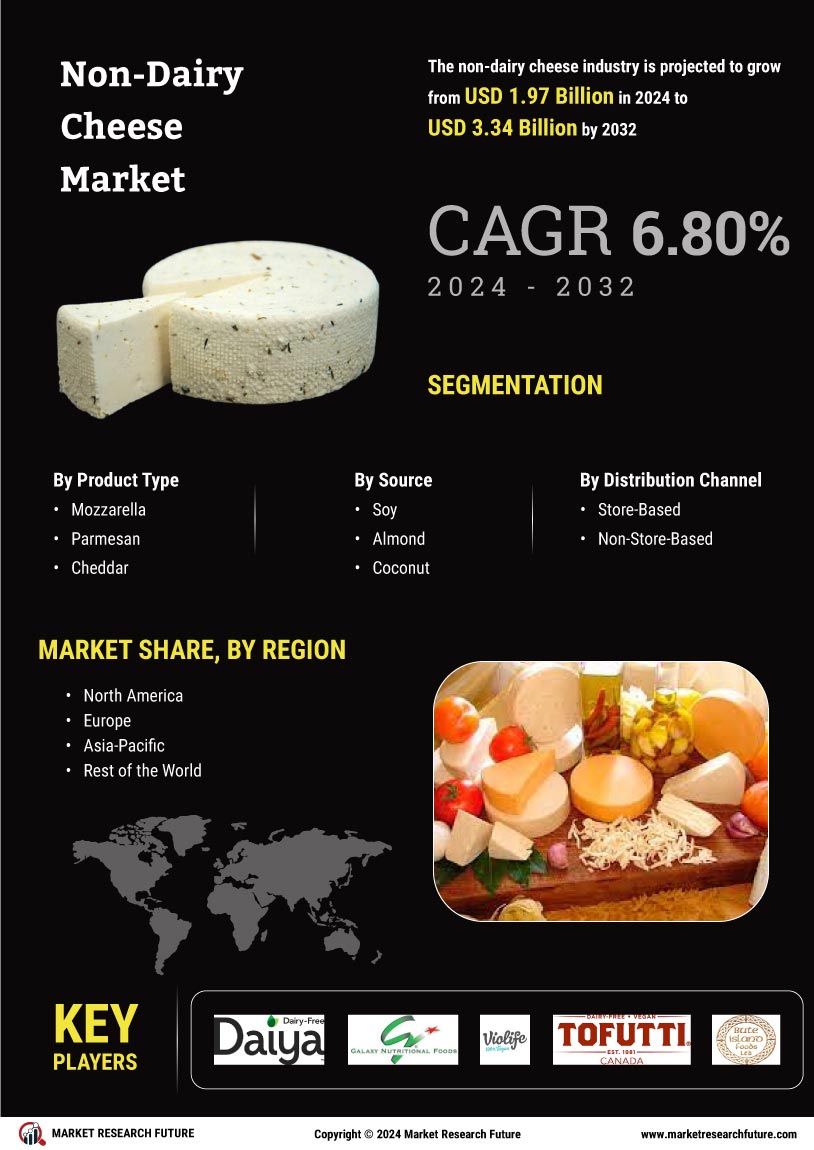

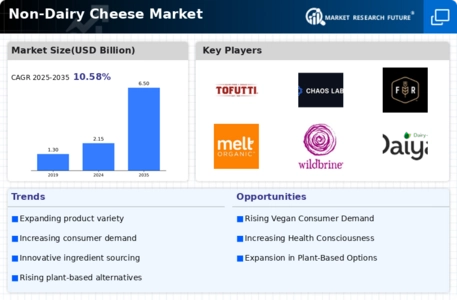
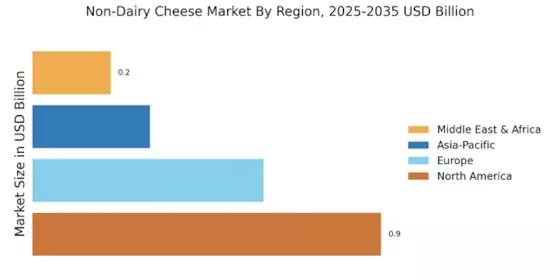
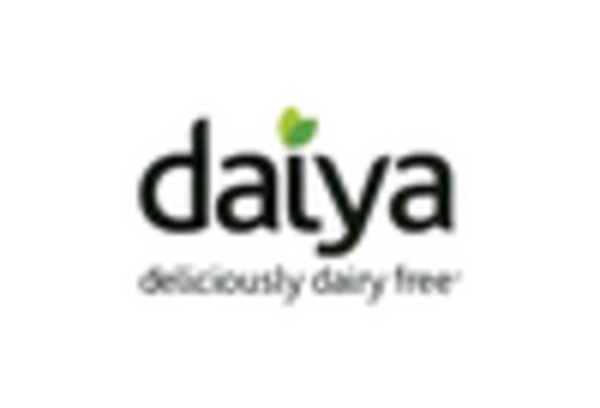
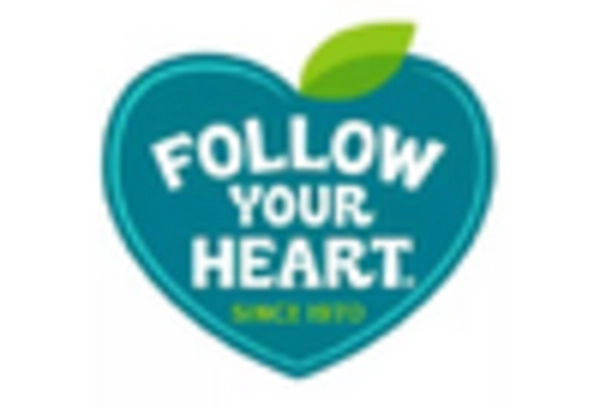

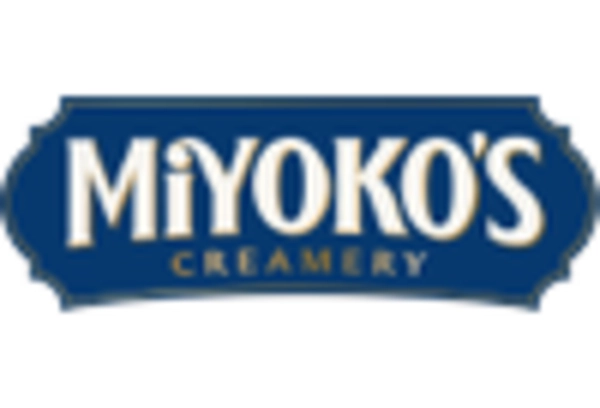

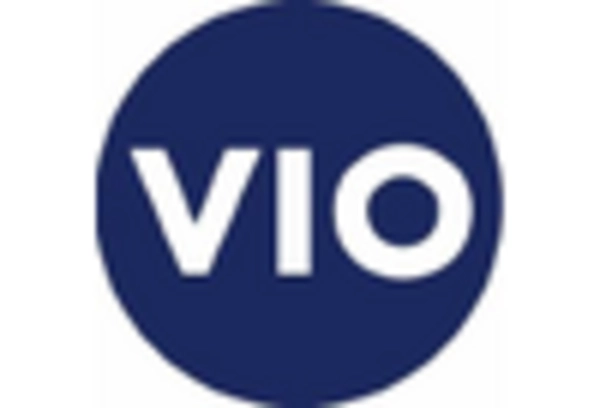








Leave a Comment